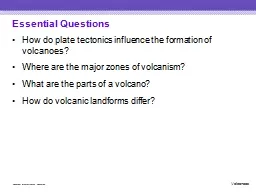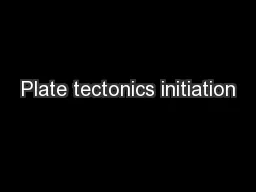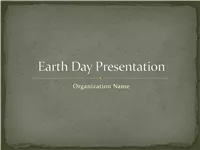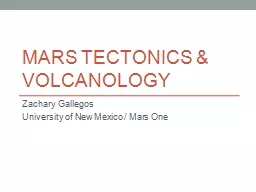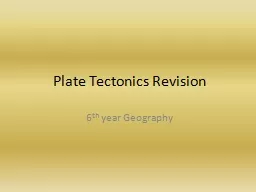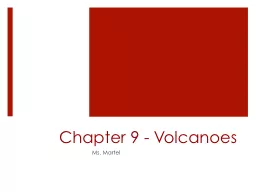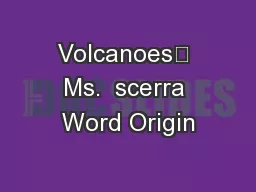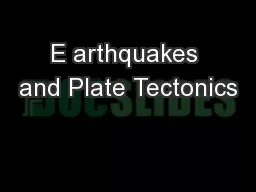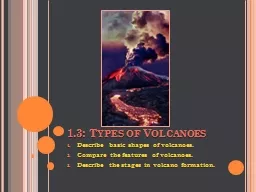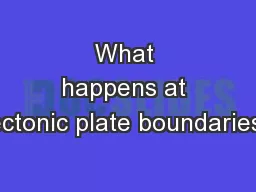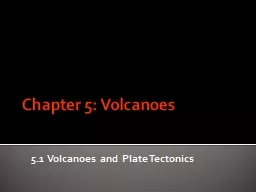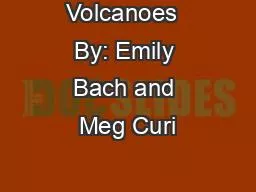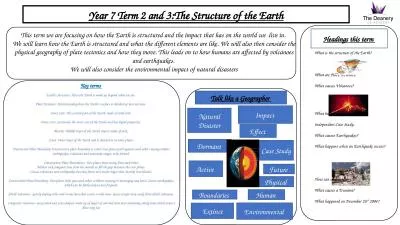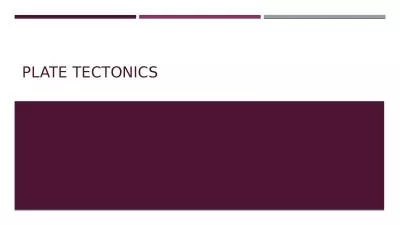PPT-Essential Questions How do plate tectonics influence the formation of volcanoes?
Author : lindy-dunigan | Published Date : 2018-03-19
Where are the major zones of volcanism What are the parts of a volcano How do volcanic landforms differ Copyright McGrawHill Education Volcanoes Review convergent
Presentation Embed Code
Download Presentation
Download Presentation The PPT/PDF document "Essential Questions How do plate tectoni..." is the property of its rightful owner. Permission is granted to download and print the materials on this website for personal, non-commercial use only, and to display it on your personal computer provided you do not modify the materials and that you retain all copyright notices contained in the materials. By downloading content from our website, you accept the terms of this agreement.
Essential Questions How do plate tectonics influence the formation of volcanoes?: Transcript
Download Rules Of Document
"Essential Questions How do plate tectonics influence the formation of volcanoes?"The content belongs to its owner. You may download and print it for personal use, without modification, and keep all copyright notices. By downloading, you agree to these terms.
Related Documents

